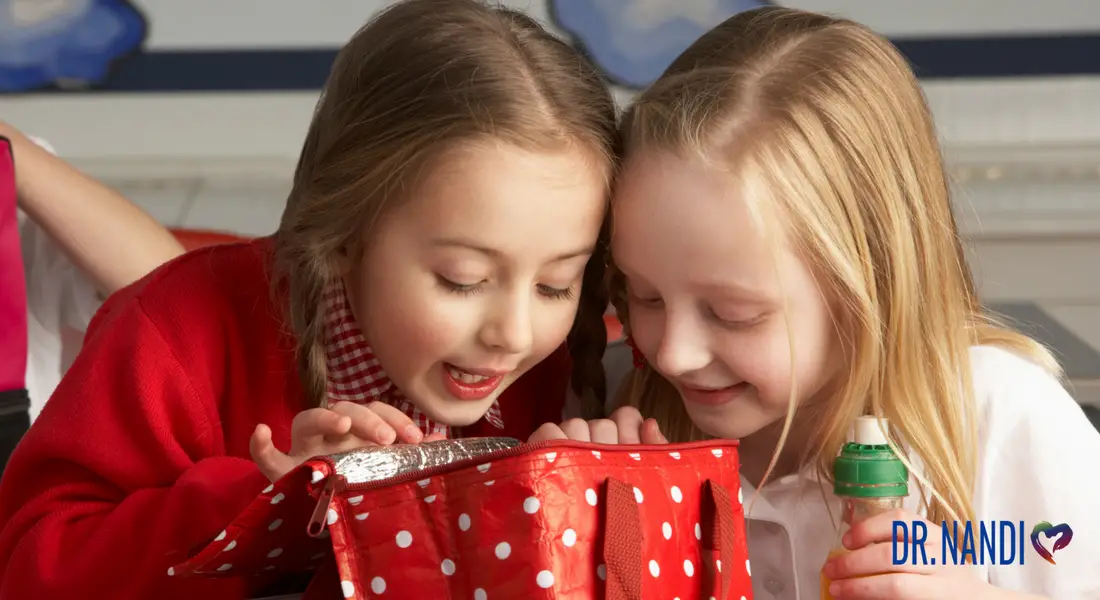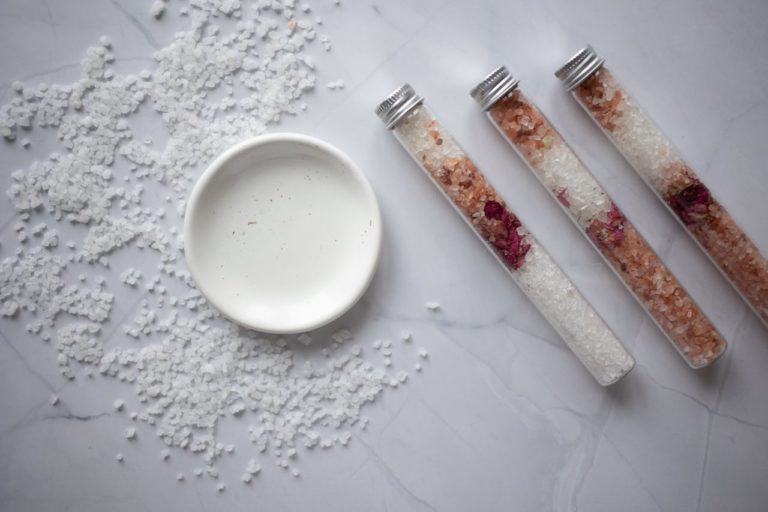Back to school means back to lunch preparation for parents around the country. It’s a challenge that many parents take on, but often struggle to keep healthy. While it’s easy to toss in convenient snacks, it’s not going to do much in the way of keeping their little bodies healthy and developing well. One pediatrician wants parents to know that sending kids to school with healthy lunches each day doesn’t have to be difficult or expensive. In fact, she’s on a mission to help teach parents how to pack healthy school lunches on a budget.
“School lunches may not seem significant in a child’s life, but when you add up that they are eating them five days per week it’s quite a lot of their calorie consumption,” says Dr. Nimali Fernando, a Fredericksburg, Virginia-based pediatrician who founded The Doctor Yum Project. “Teaching them healthy lunch habits from a young age will give them the tools to build lifelong healthy habits.”
Packing Healthy School Lunches on a Budget
Of concern for many pediatricians is the fact that most children are simply not eating enough healthy foods to begin with. The Centers for Disease Control and Prevention issued a report earlier this year which stated that only 12 percent of adults meet the daily recommended fruit intake, and only 9 percent reach the daily vegetable intake. They went on to say that most U.S. children do not meet national recommendations for daily fruit and vegetable servings. Add to it the fact they report that 14 percent of preschool-aged children are considered obese, and it’s a recipe for health disaster.
Plan lunches for the week
Every weekend, sit down and make a list of what lunches you will make throughout the week. Dr. Yum’s Menu Planner can help you plan lunches, dinners, breakfasts and snacks and then gives you a shopping list for the week that is even sorted by department.
Buy in Bulk To Save Money
Skip buying individually packaged items like snacks. They are often much more expensive that way. Buy items in bulk, such as at Costco, and use reusable containers to put the items in. Keep it healthy by opting for things like dried fruit, trail mix, unsweetened applesauce, etc.
Use leftovers to Save Money
Plan your dinner meals so that you can make extra and then put some aside for lunch the next day. The Dr. Yum Menu Planner is terrific for this too!
Make Meals from Scratch To Stay Healthy
When we buy items, such as muffins, premade at the store, they often have ingredients in them that we would never find in our pantry. Take it old school by going back to making your own items from scratch. Preparing a batch of healthy muffins, for example, and then putting them in the freezer will help you save money and have healthy options on hand at all times.
Skip the Sugary Drinks To Stay Healthy
Buying sugary drinks is not only expensive, but it puts too much sugar into your child’s diet. Opt for sending them with a reusable container filled with water or unsweetened tea.
Take a Twist on Old Favorites and Get Creative
Most kids like a traditional PBJ, but you can add some twists by making peanut butter and sliced banana sandwiches, using a whole wheat tortilla, or putting peanut butter and jelly into a whole wheat tortilla and grilling it like a quesadilla. Each variation makes it a bit different, but very few different ingredients are used, keeping it easy and affordable.
Think Smoothies to Supplement Nutrition
Packing a smoothie like Dr. Yum’s Green Dragon Smoothie once a week is a great way to get kids nutrition, serve them something they like, and make lunch preparation easy. Keep bags of frozen fruits and veggies (like spinach and kale) on hand and whip together a smoothie to put in their thermos. Smoothies are not just for breakfast!
“Get your kids involved in helping to make healthy lunches this year, which will teach them healthy habits and make them more likely to actually eat what you pack together” added Heidi DiEugenio, director of the Doctor Yum Project. “Once you decide you want to serve healthy and affordable lunches, you just need to stick with the commitment and make it happen. It will become a healthy habit for the whole family.”
Quick, healthy recipe from the Doctor Yum Project website:
Rainbow Veggie Pinwheels Recipe
8 whole wheat tortilla wraps
1 cup hummus
1 cup red bell pepper, thinly cut strips
1 cup grated carrots
1 cup yellow bell pepper, thinly cut strips
1 cup fresh spinach, thinly cut
1 cup purple cabbage, shredded
METHOD
Spread about two tablespoons of hummus on each tortilla, leaving a one-inch border on all sides. Line up a thin layer of sliced vegetables across the hummus. Roll up the tortilla tightly. Cut the roll crosswise into four or five pinwheels and serve. These can easily be made ahead of time and stored in the refrigerator, ready for a party, snack, or packed lunch!
Dr. Fernando created The Doctor Yum Project, an organization with the mission of transforming the lives of families and communities by providing an understanding of the connection between food and overall health, as well as empowering them with the tools to live a healthy life. The project offers healthy cooking classes, child nutrition classes, cooking camps for kids, hands-on cooking instruction for families, first foods classes, a teaching garden, and online tools to help families make healthier meals. They also offer a preschool nutrition program, with 40 classrooms and almost 600 participating preschoolers.
Dr. Fernando, otherwise known as Dr. Yum, is a board-certified pediatrician. She is also the co-author of the book “Raising a Healthy, Happy Eater: A Parent’s Handbook” (The Experiment, October 2015). To learn more, visit the site at: www.doctoryum.org.
About The Doctor Yum Project
Founded by Dr. Nimali Fernando, The Doctor Yum Project is a nonprofit organization that is dedicated to transforming the lives of families and communities by providing an understanding of the connection between food and overall health, as well as empowering them with the tools to live a healthy life. They offer a variety of community programs to help with those efforts. They are located in Fredericksburg, Virginia, and feature an instructional kitchen and teaching garden for holding classes. To learn more, visit the site at: www.doctoryum.org.
# # #
Sources:
Centers for Disease Control and Prevention. Fruits and Vegetables. https://www.cdc.gov/nutrition/downloads/fruits-vegetables/2018/2018-fruit-vegetable-report-508.pdf











 Subscribe to Ask Dr. Nandi YouTube Channel
Subscribe to Ask Dr. Nandi YouTube Channel










